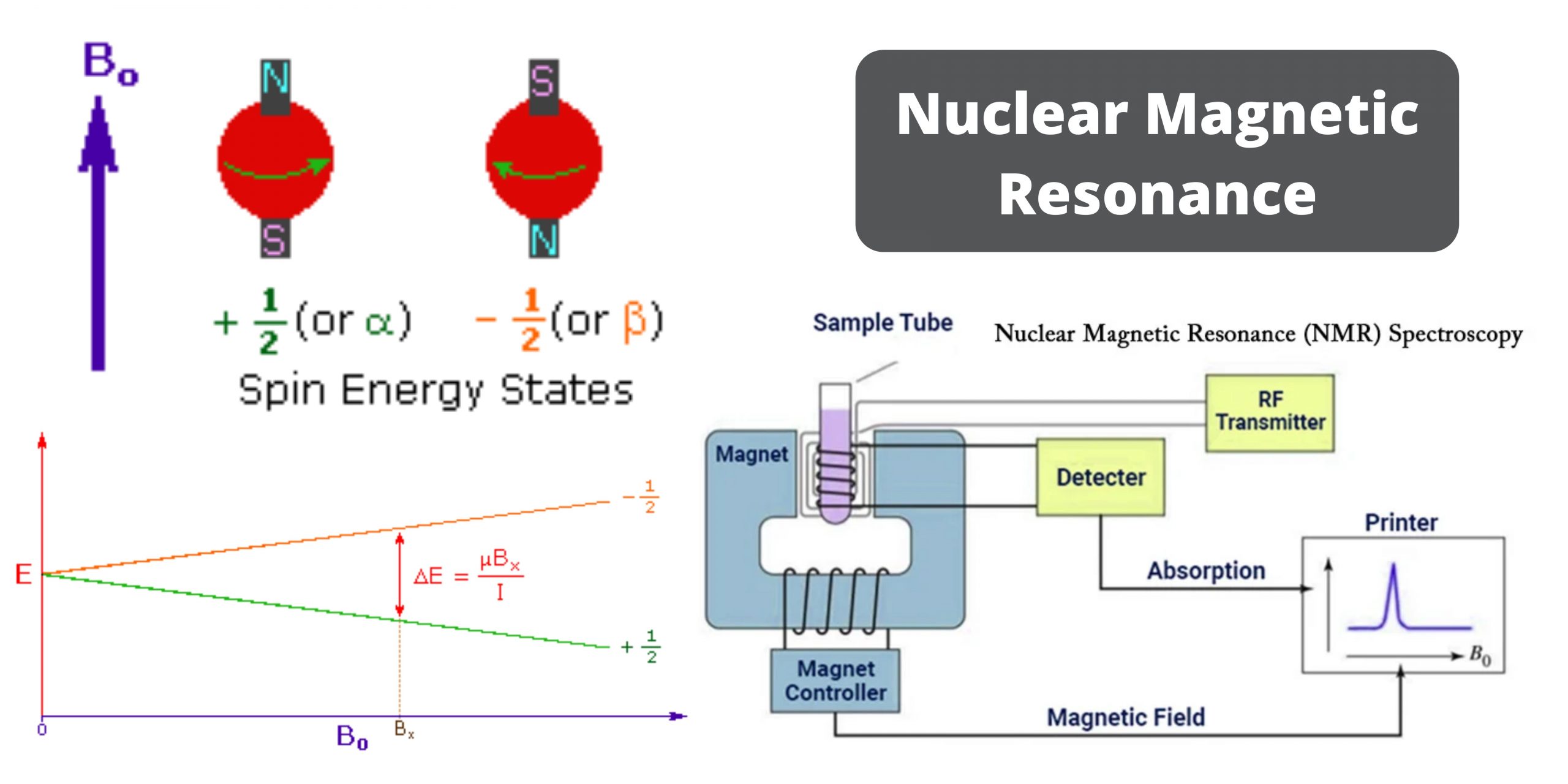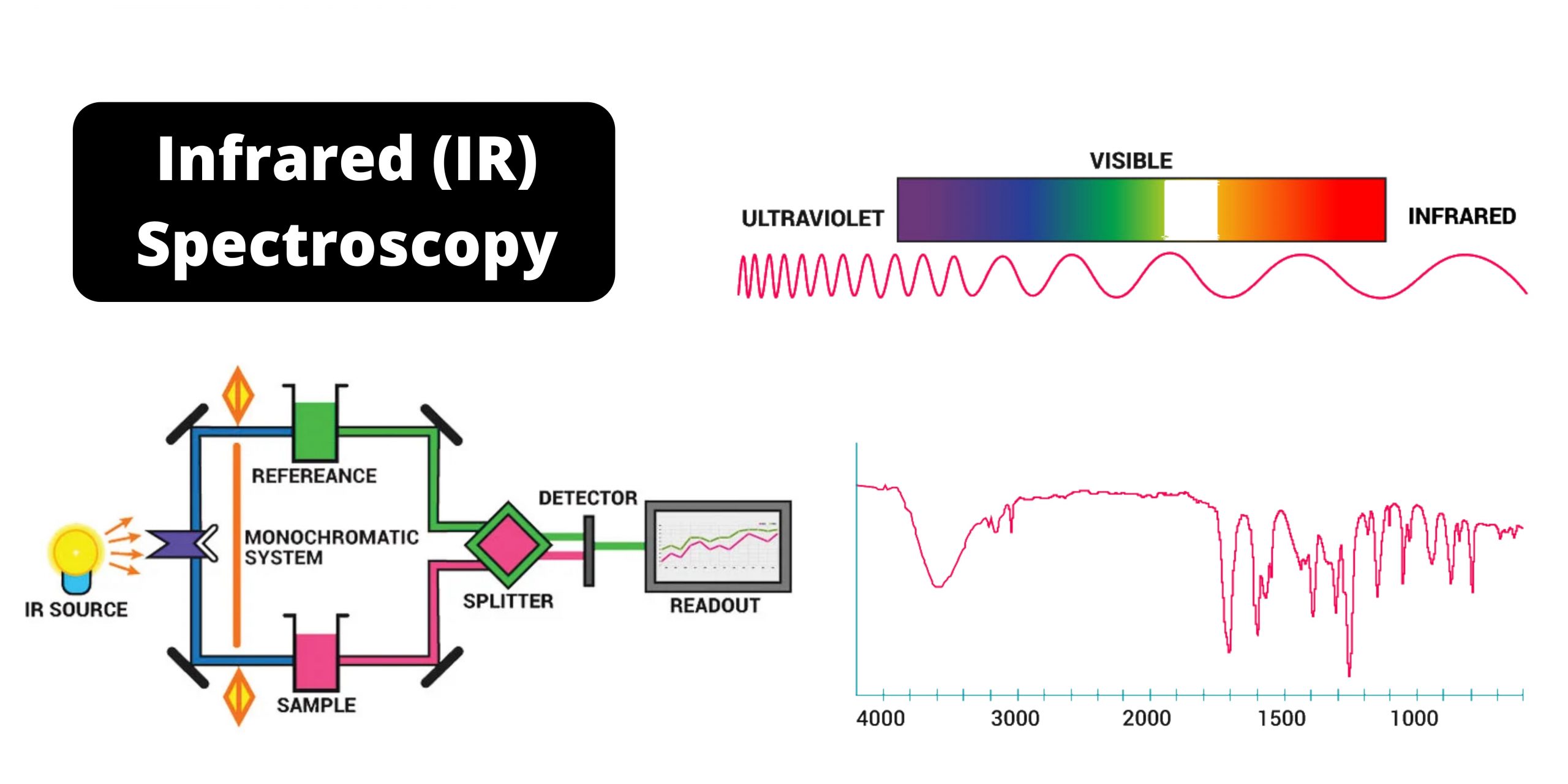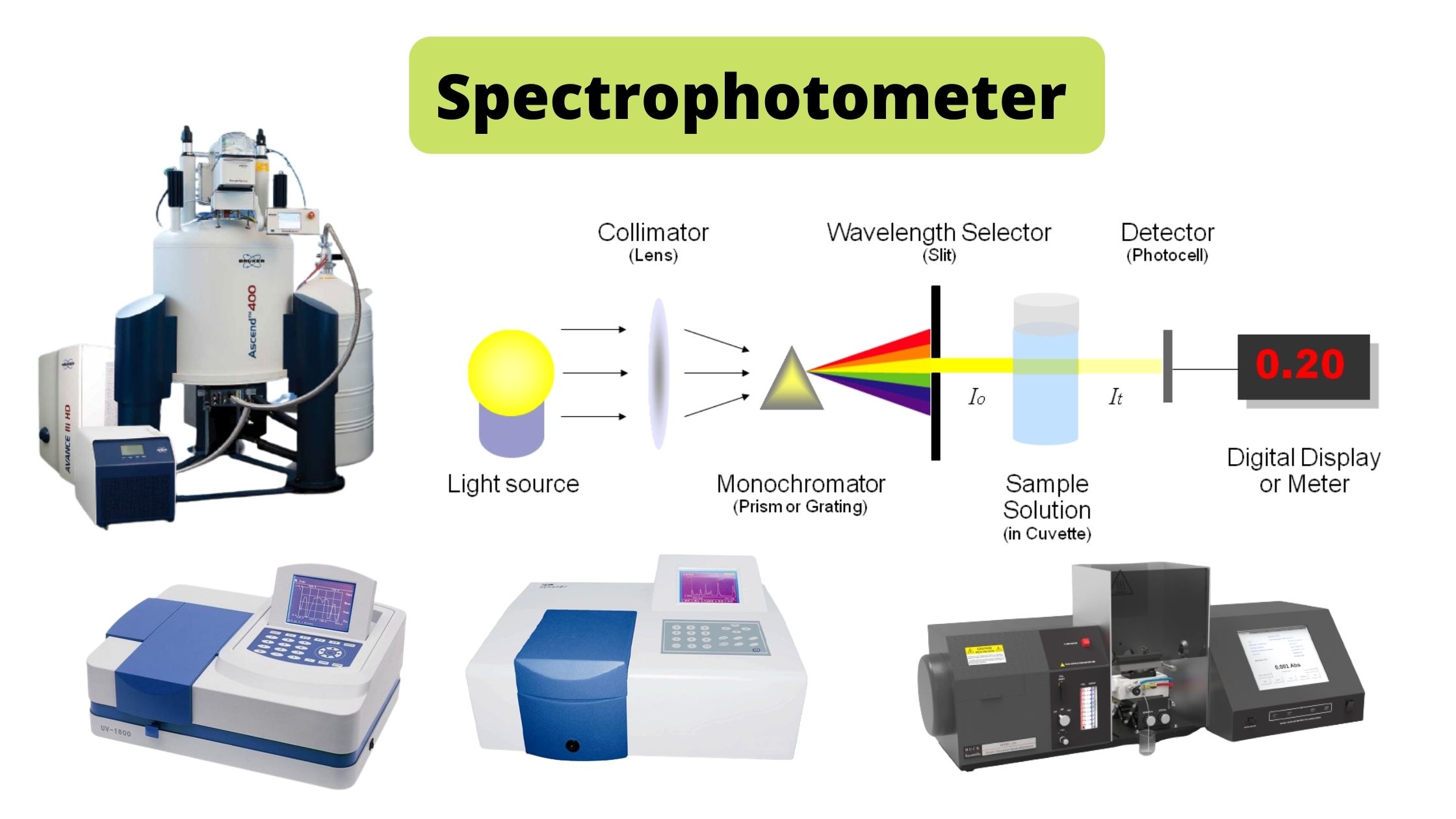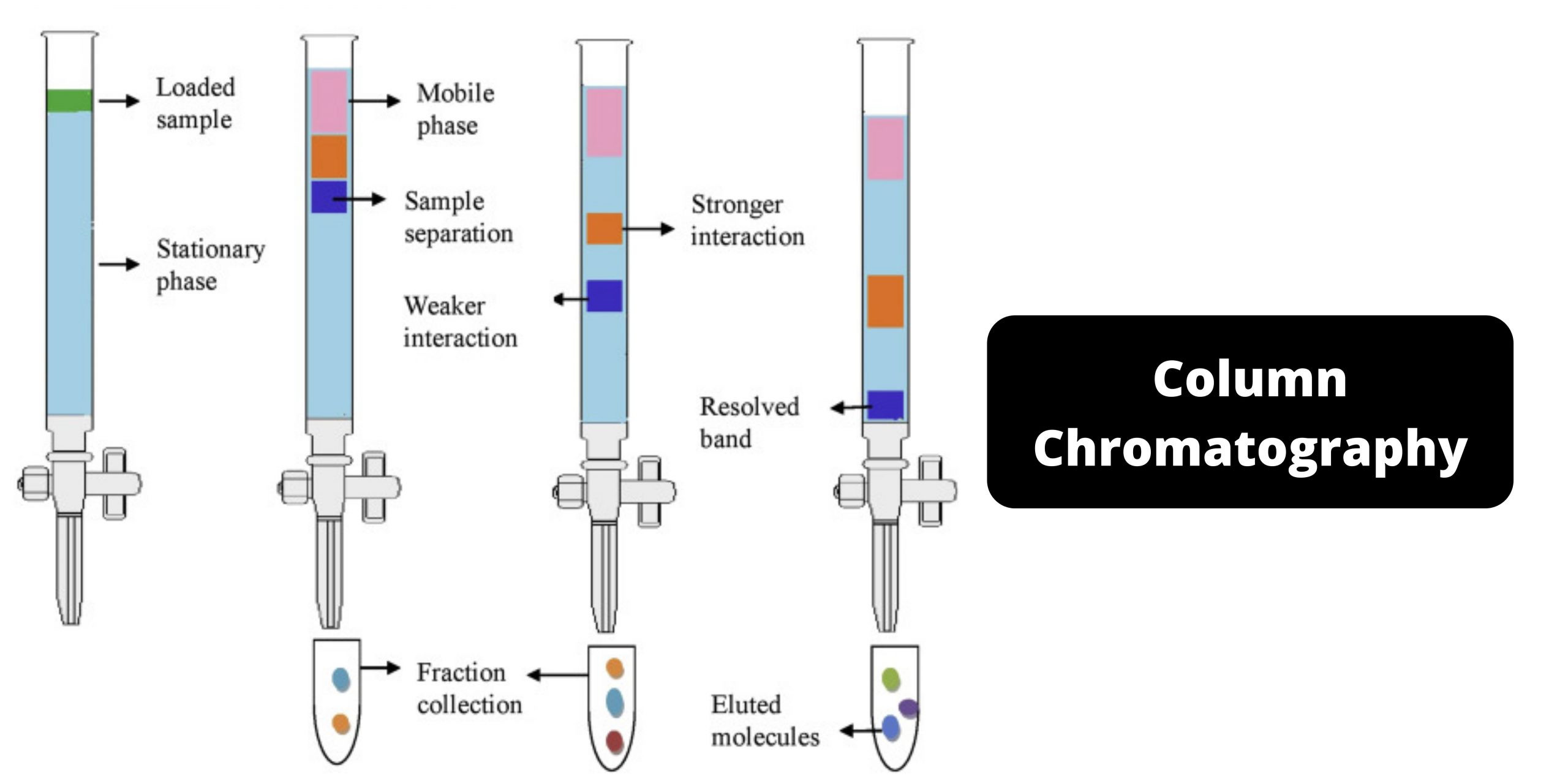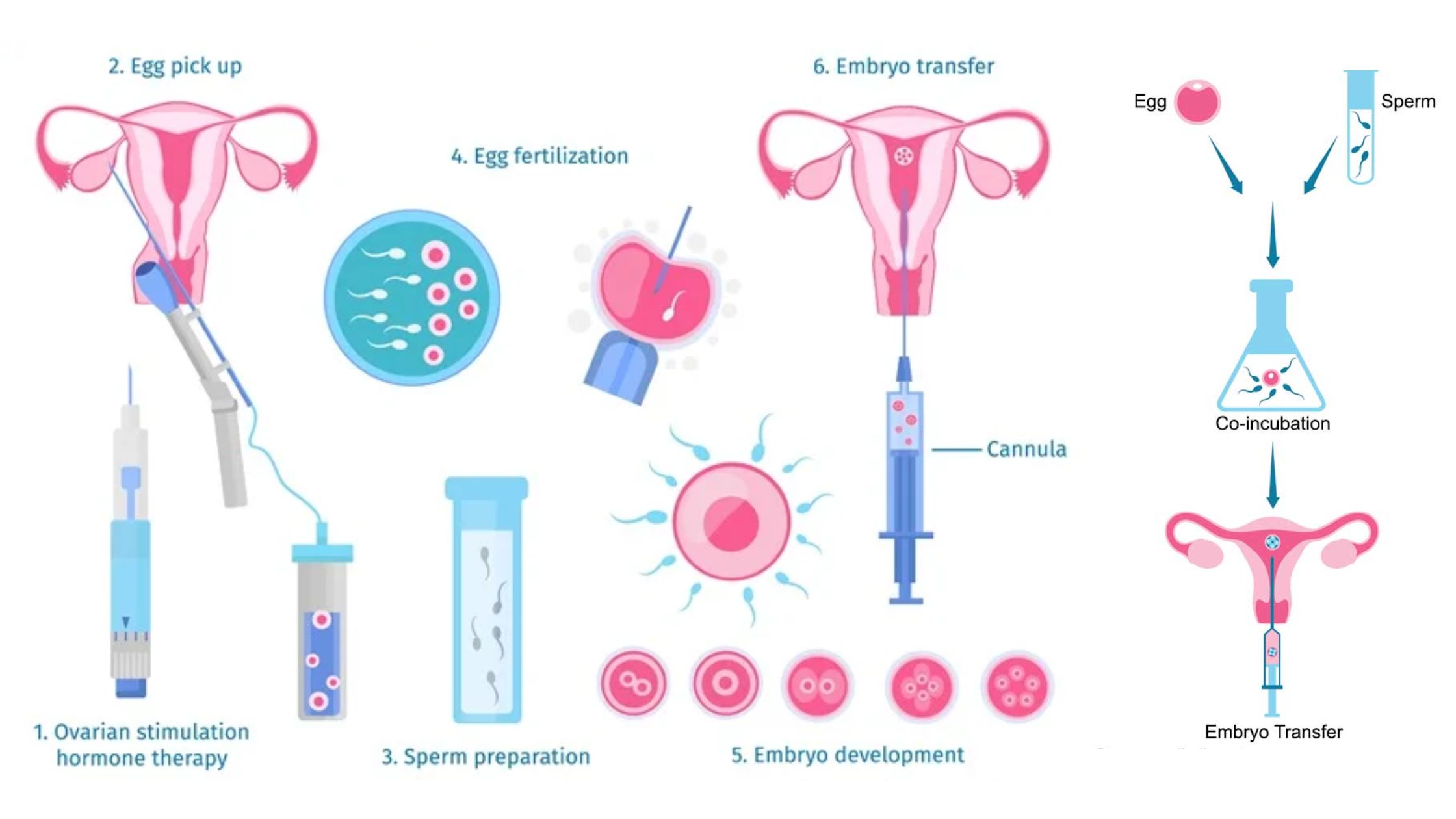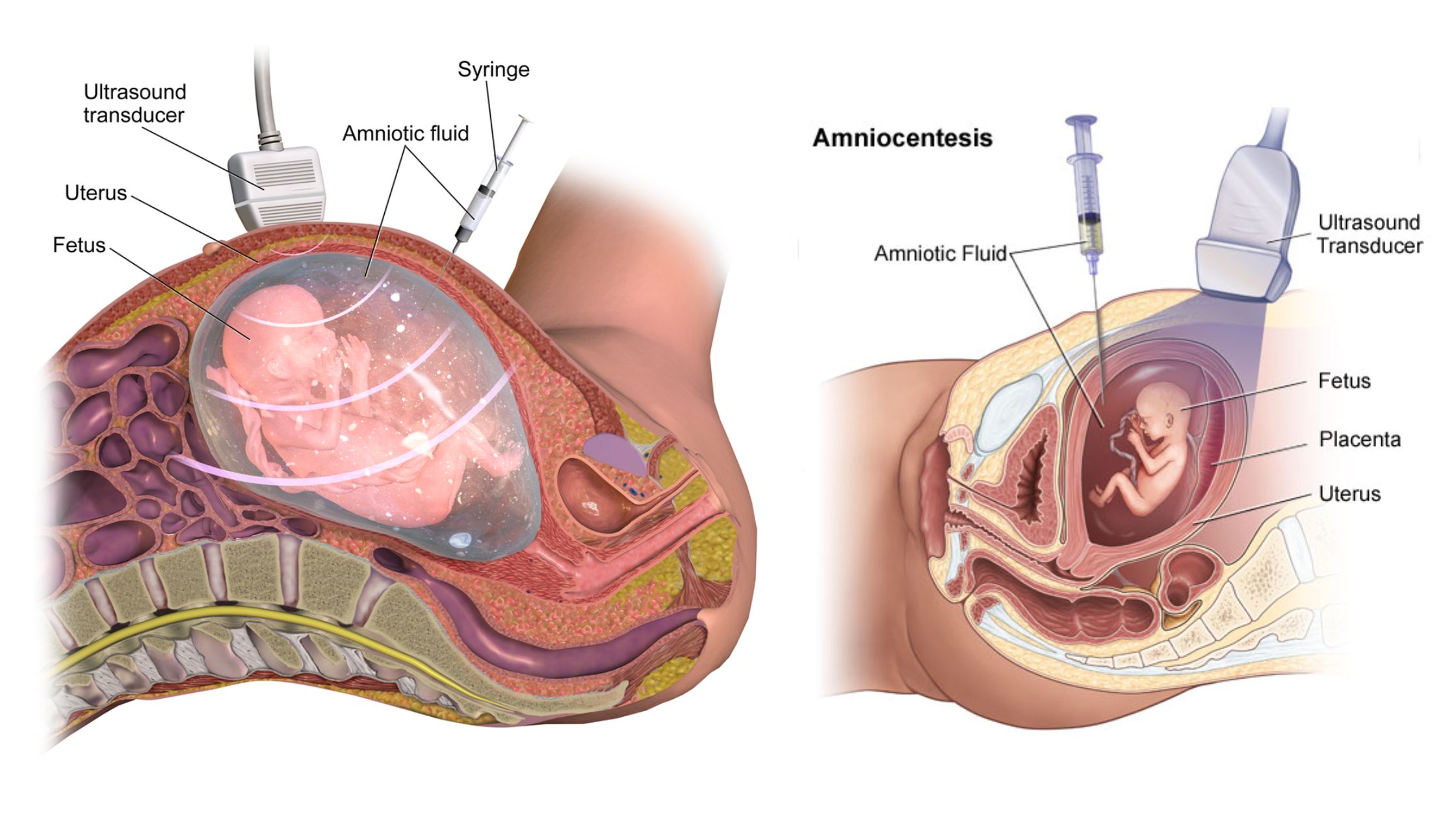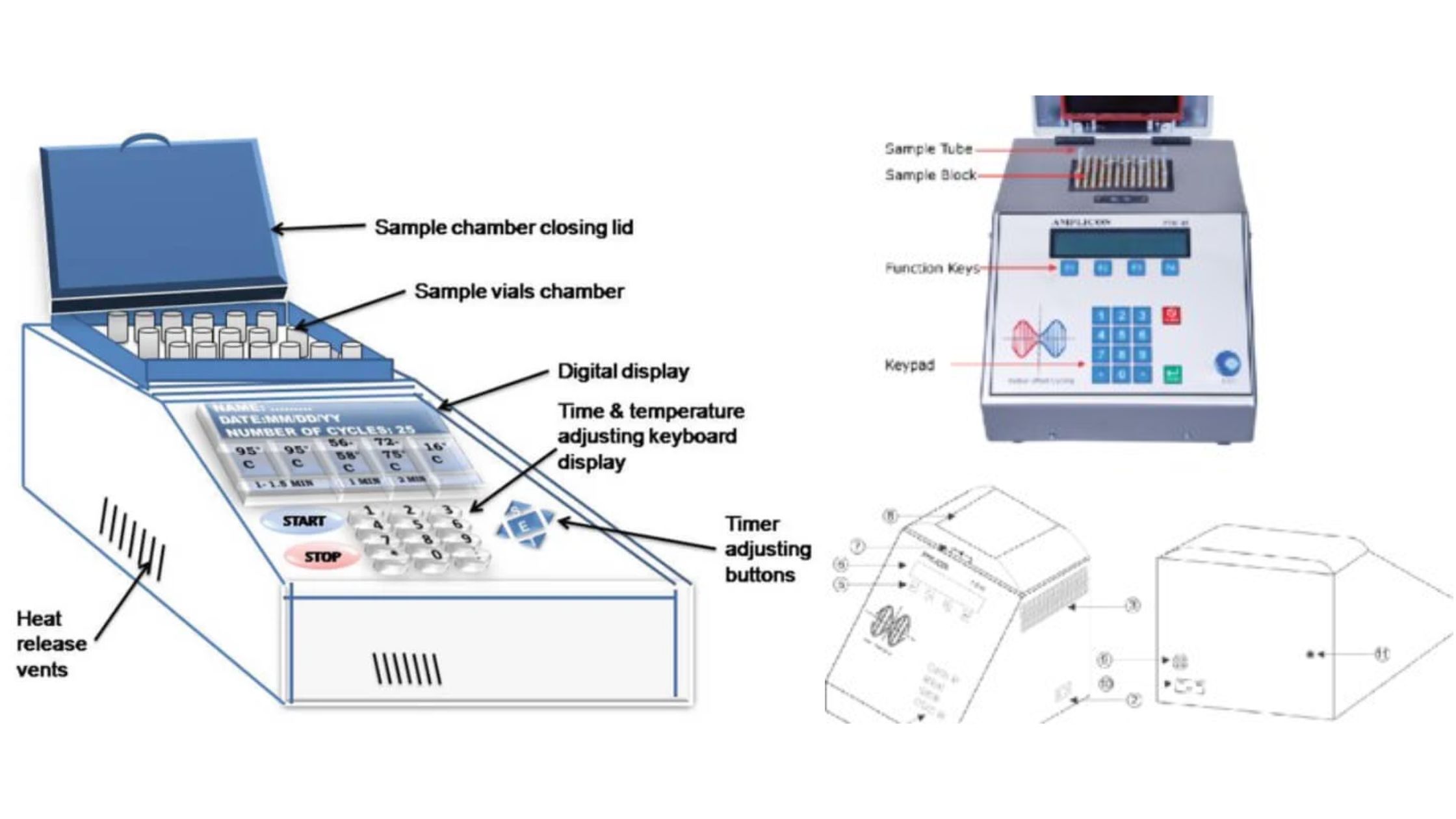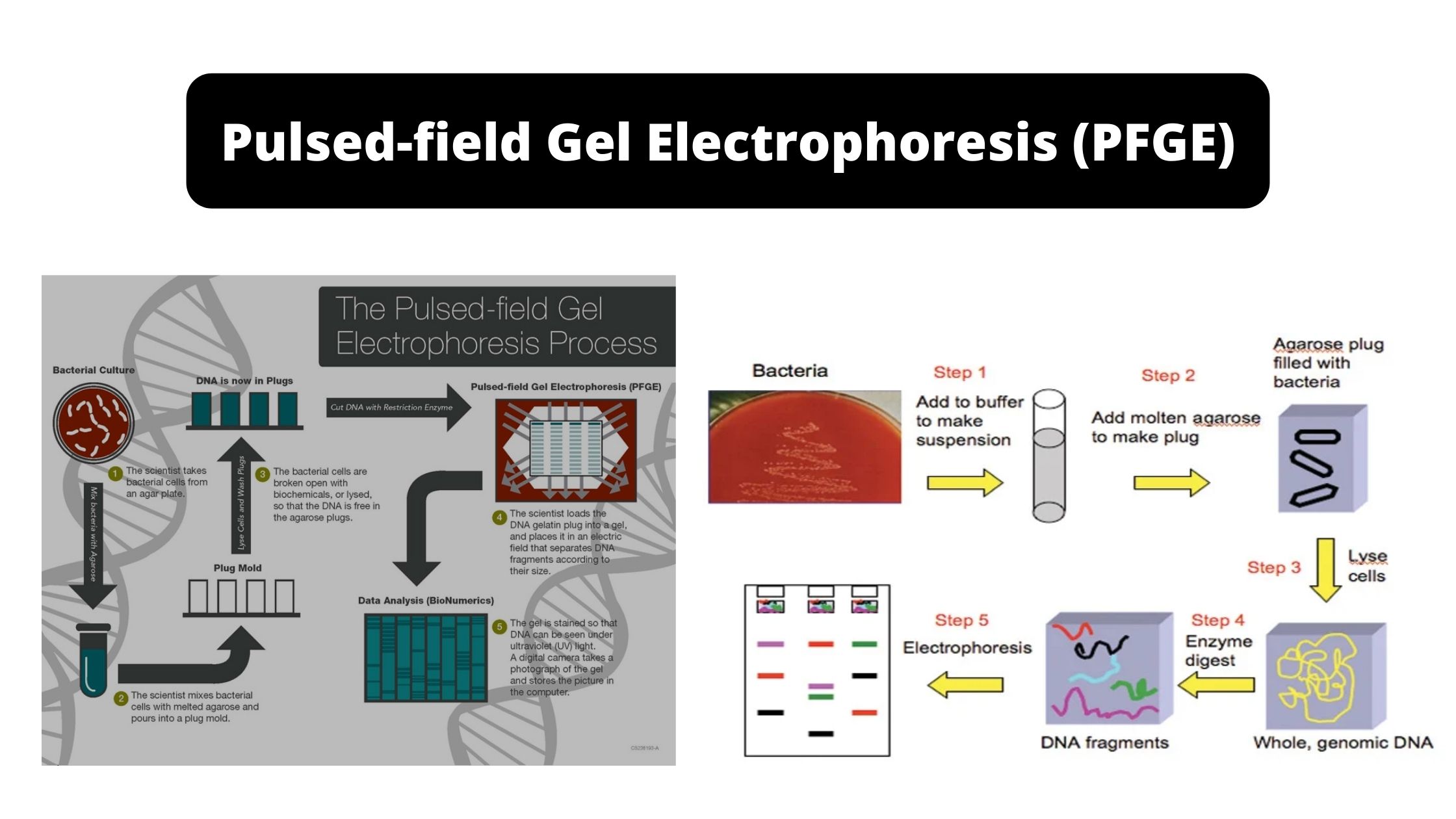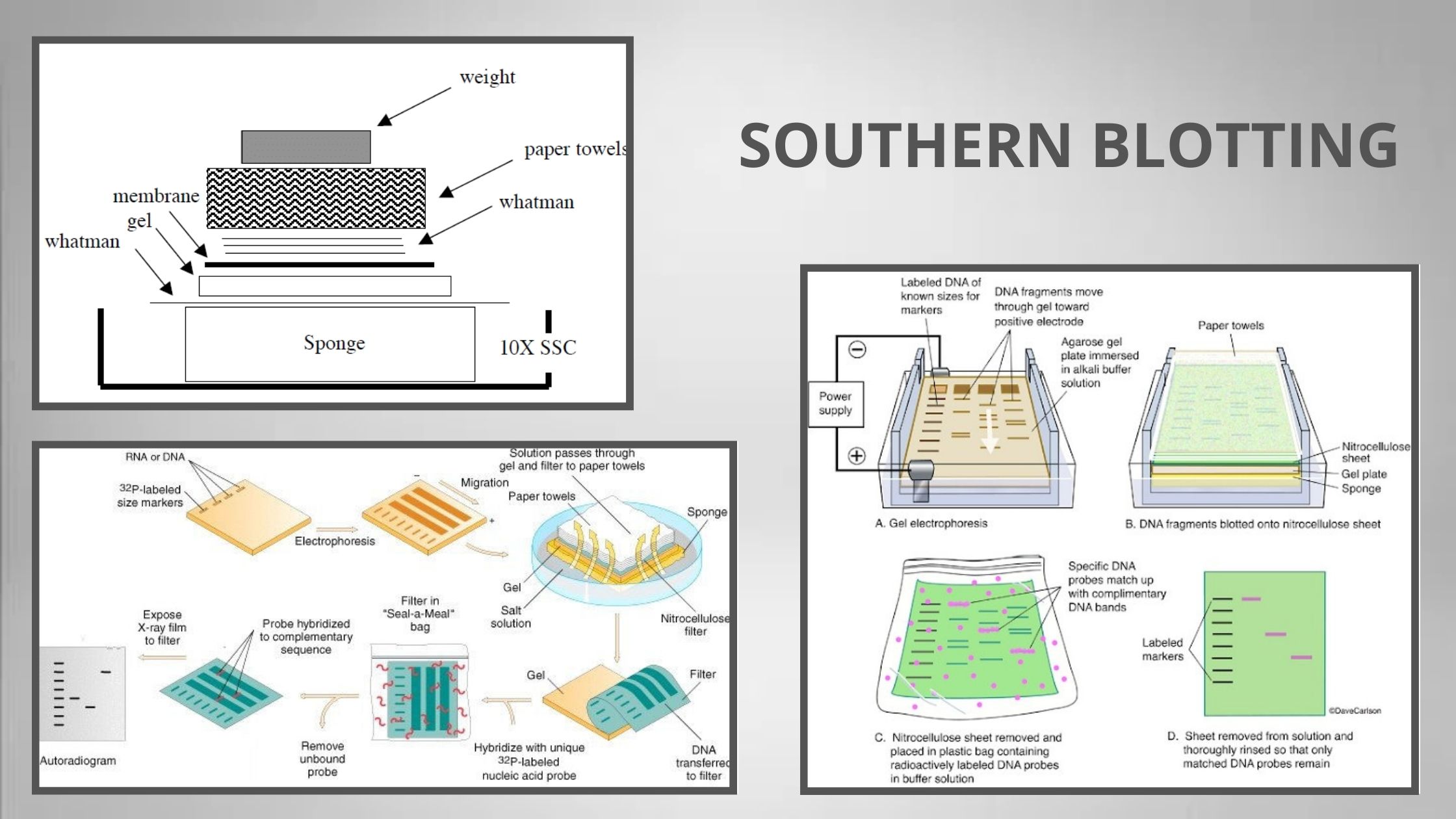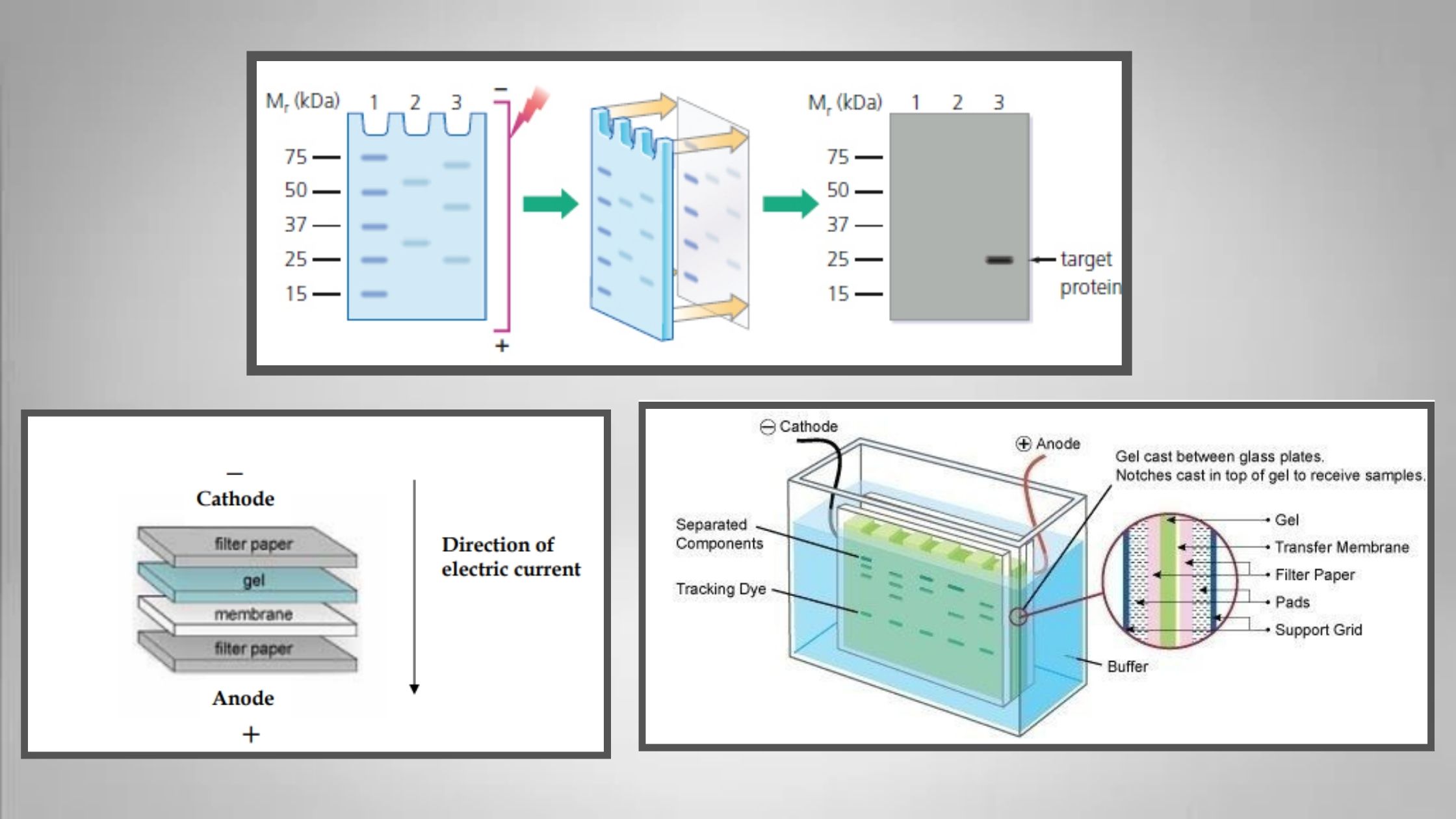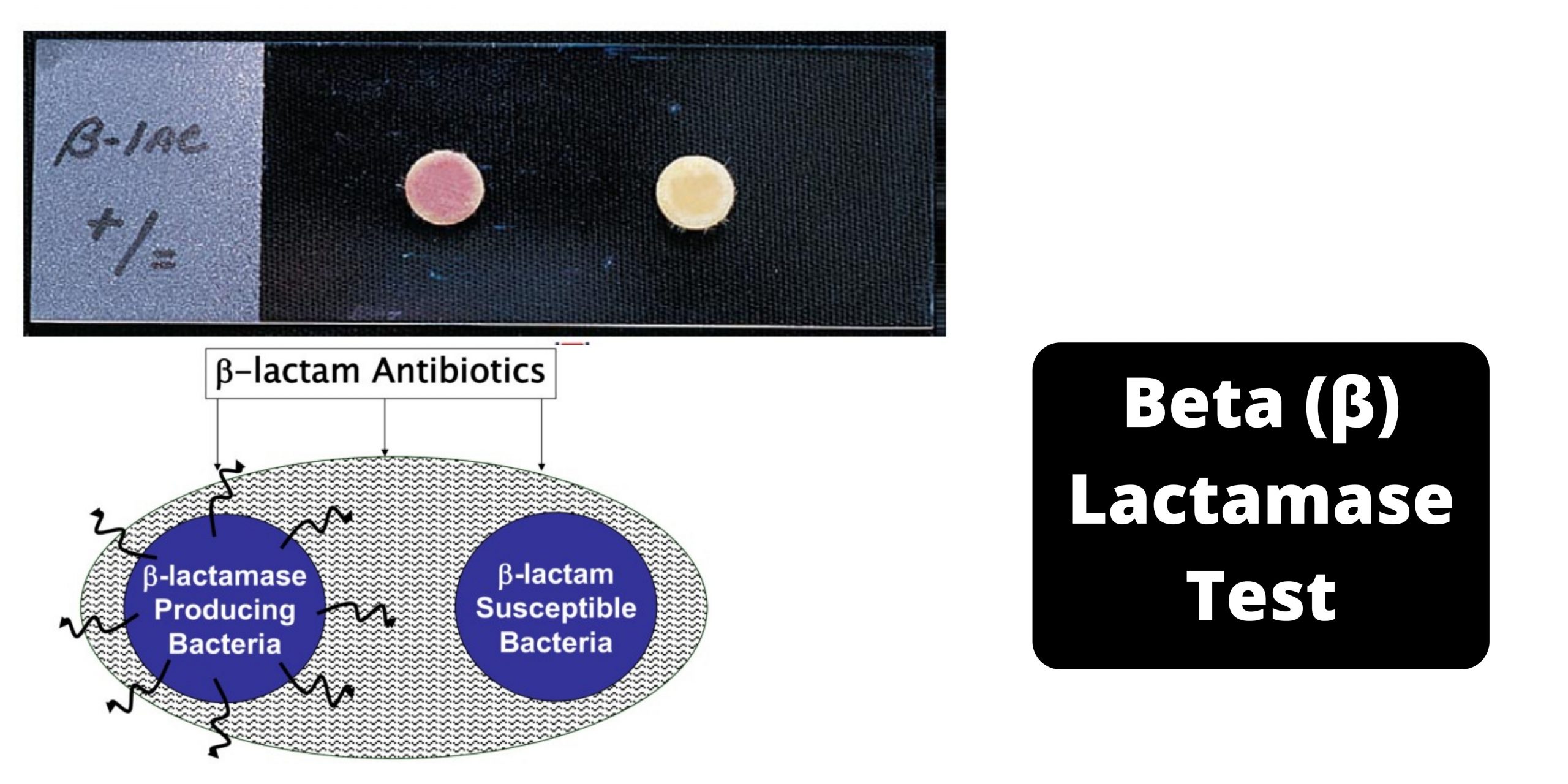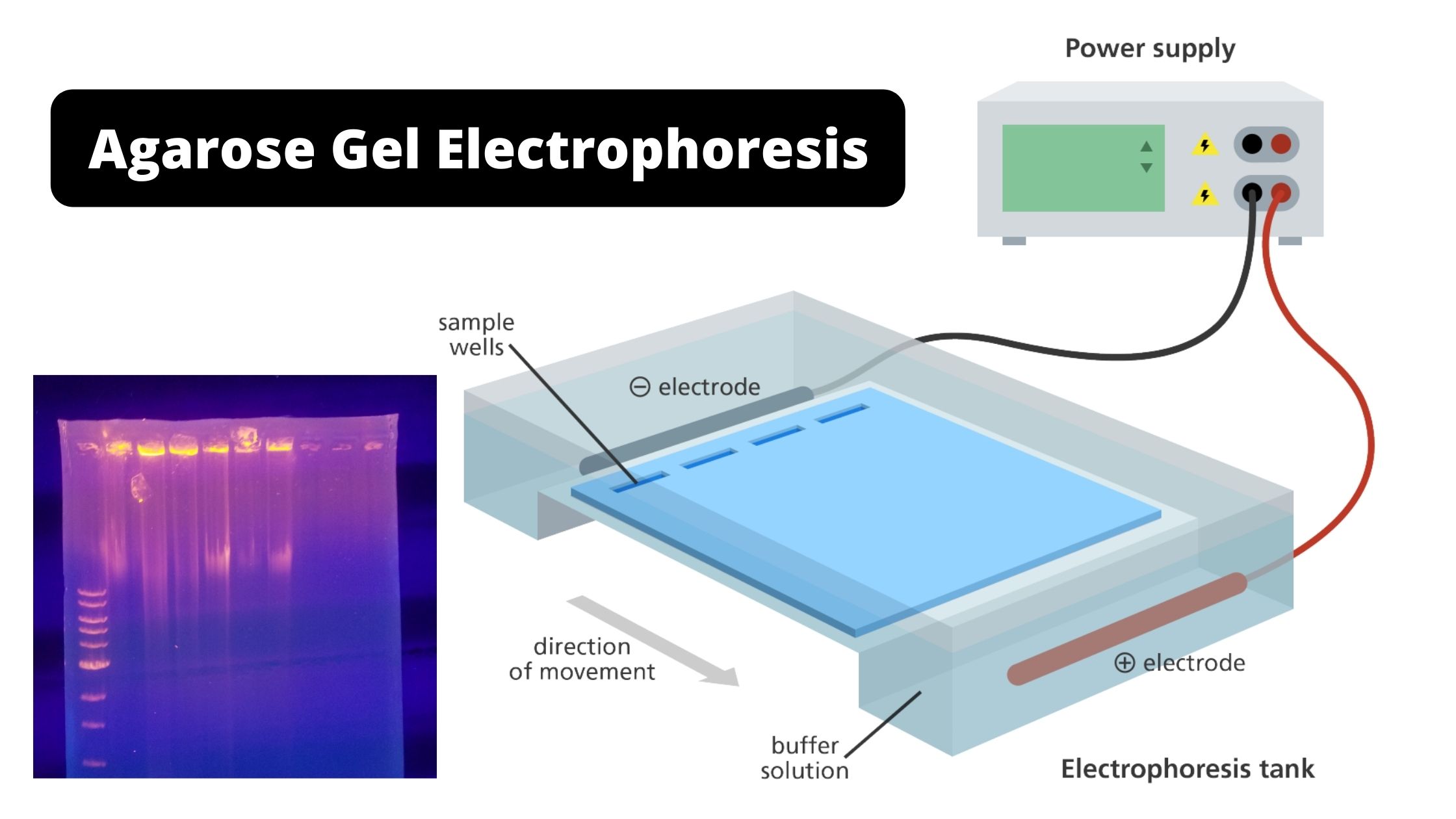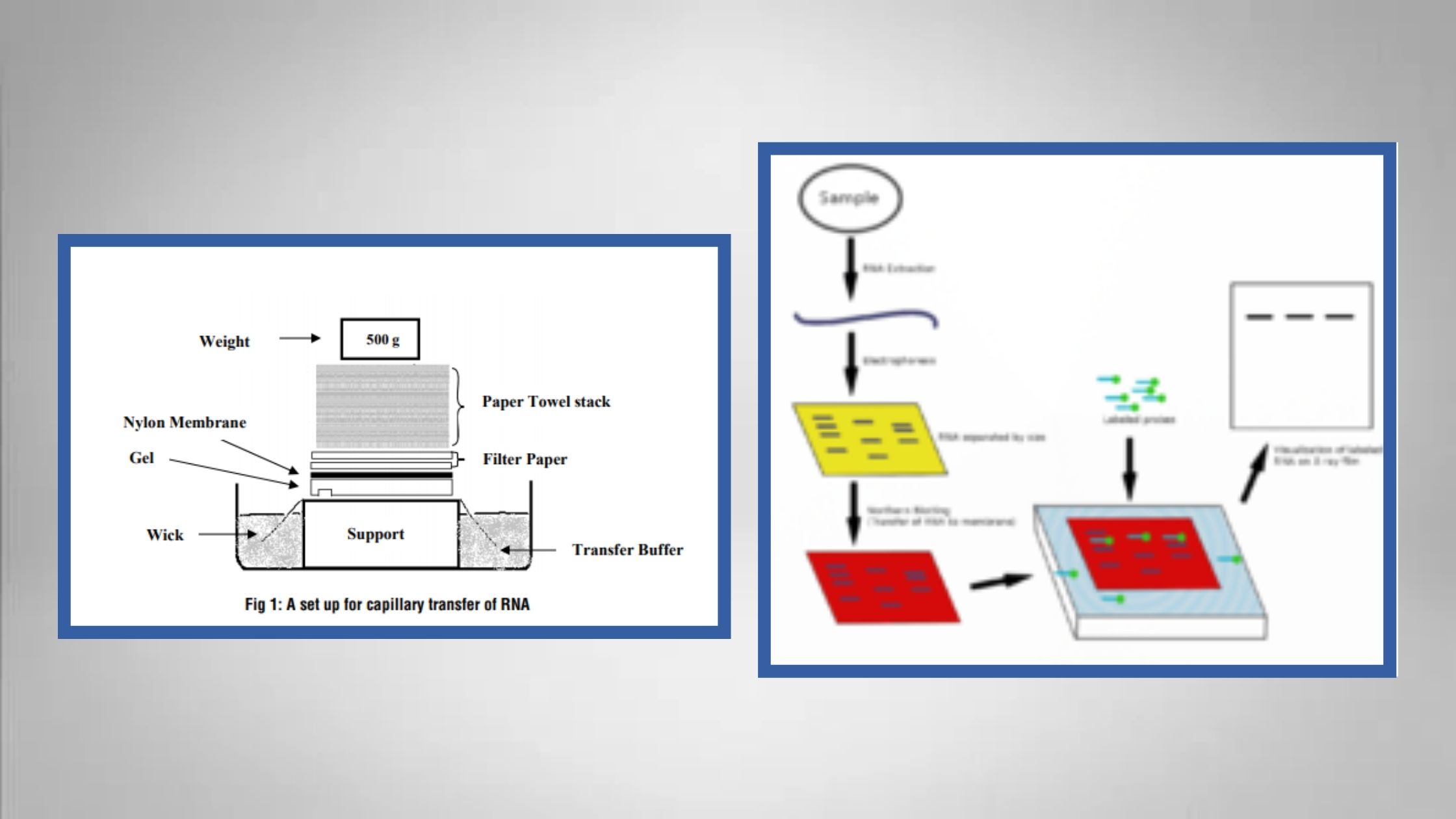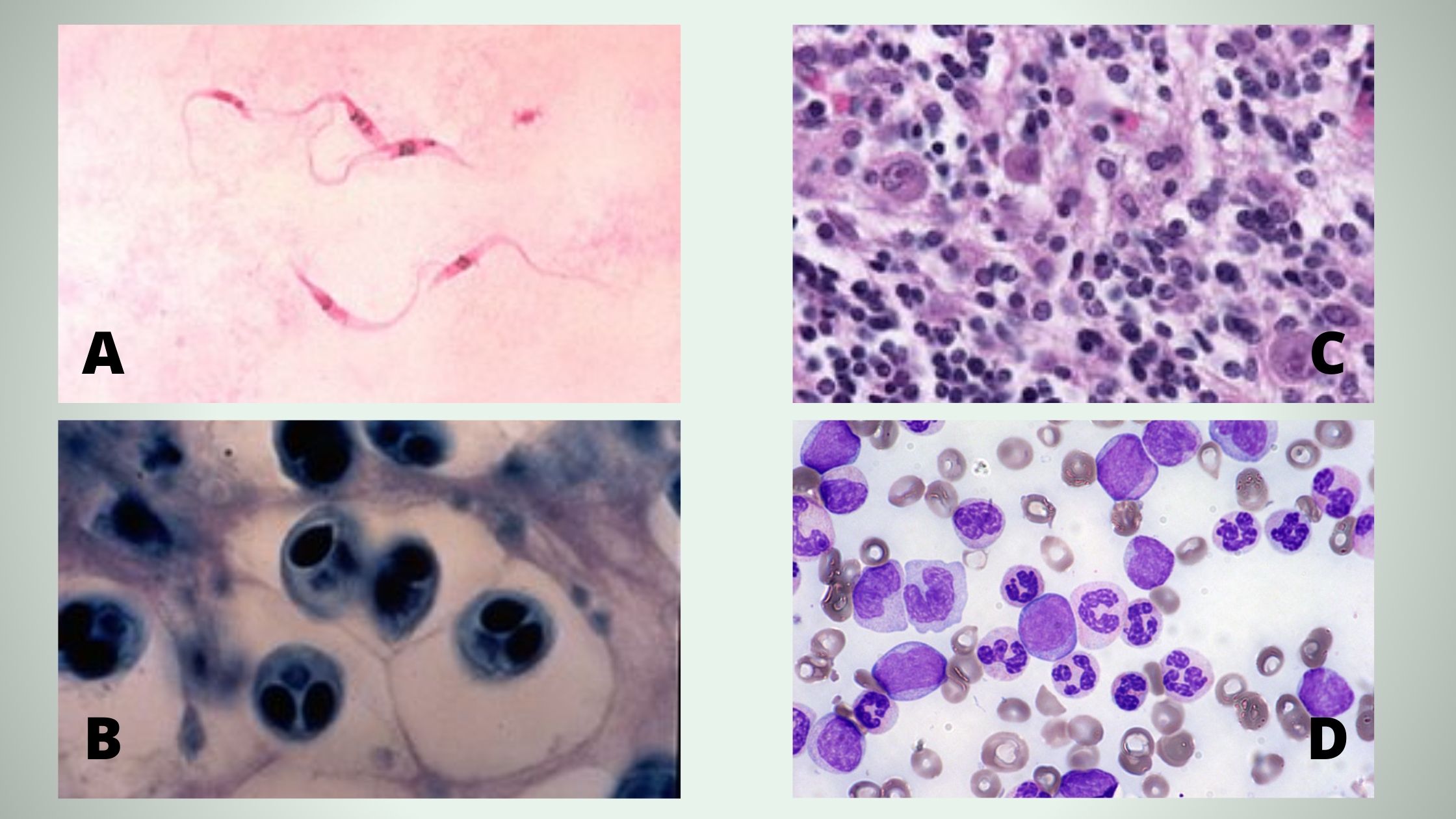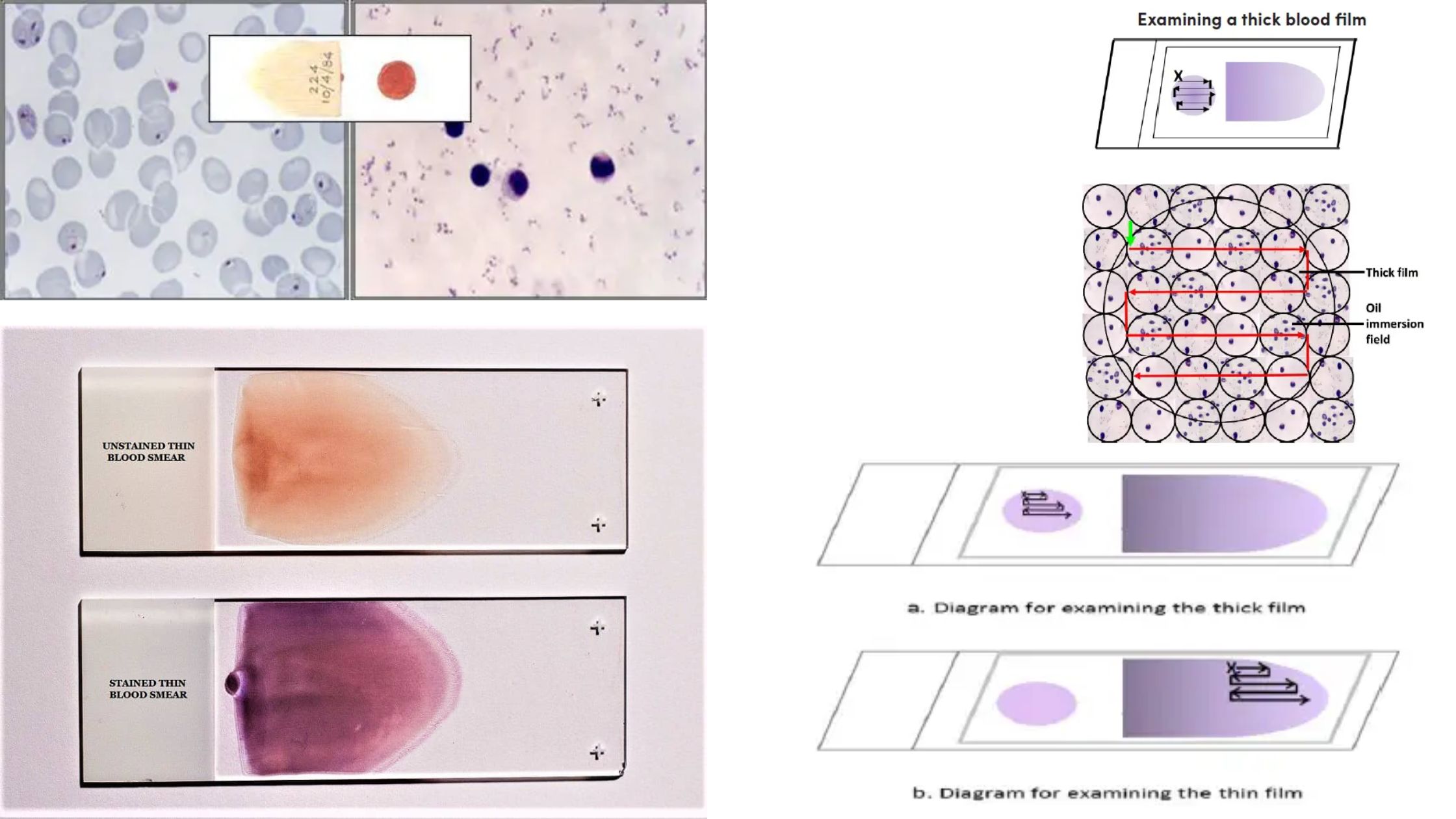NMR Spectroscopy – Definition, Principle, Steps, Parts, Uses
The spectroscopy of nuclear magnetic resonance often referred to NMR spectroscopy, also known as magnetic resonance spectroscopy (MRS) is a method of spectroscopy to detect local magnetic fields around the nuclei of atomic particles. It is a spectroscopy method that is based on an absorption process of electromagnetic radiation within the radio frequency range of from 4 to 900 MHz nuclei in atoms. In the last 50 decades, NMR has become the leading method to determine what the organic structure is. Out of all the methods for spectroscopy it is the sole one in that a full examination and understanding of the whole spectrum is typically required.

